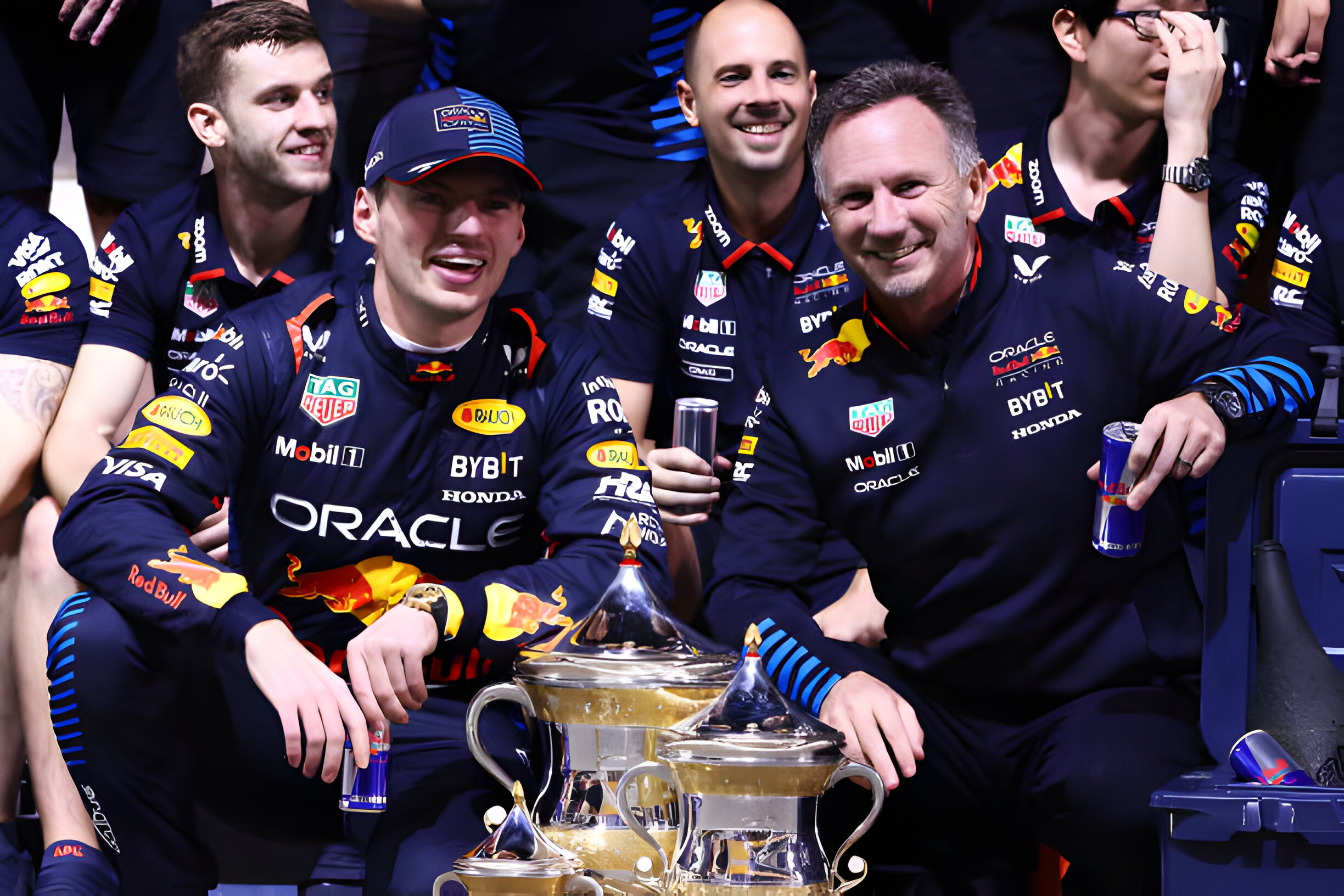McLaren's start to the 2023 F1 season hasn't gone according to plan, and the team has openly accepted that its launch specification wasn't where it wanted it to be. However, the team has since been working hard to bring a raft of upgrades to its car.
At the Azerbaijan Grand Prix, McLaren introduced a revised floor that didn't appear much different at first glance but had some significant changes around its edges. These updates are critical in managing airflow throughout the car, which highlights a fascinating aspect of the current generation of ground effect machinery: even minor details count for a lot.
McLaren team principal Andrea Stella, who has vast experience as an engineer, explained that floor designs are essential to current car performance. However, most of the effort to improve them involves tiny tweaks that are barely visible.
According to Stella, "With this generation of cars, a lot of what's contributing to the performance is what you don't see; it's under the car. This is very different from the previous generation of cars where the geometry was prescribed as being flat. Now there's no prescription.”
The game has changed, with teams now having to understand the implications of every tiny change and how the air stream interacts with the rest of the car. Revisions can no longer be made in isolation, as one small tweak to an element at the front of the floor can cascade into requiring further refinements all the way through to the back of the diffuser.
Stella added that "It was much easier with the previous generation of cars, where you had modularity in terms of building floors, and also you could just take the forward floor and rework it at the factory. With this one, it's difficult to do that, and it doesn't work aerodynamically. So there's a bit more of a challenge from this point of view in terms of development rate."
However, there is some good news. The correlation between what the factory says the car should be doing and what really happens on track has improved. Stella says that the older generation of cars was much harder to predict.
"I think this generation of cars is overall better correlated, at least at McLaren," he said. "In the previous generation, there were many vortices that were flying in free air and generated from the side, from the bargeboards, for instance. So that area was always a little more tricky for the front wing."
But with the 2023 front wing working farther away from the ground and being simpler, even the floor correlates better. Overall, Stella believes that it is more to do with the generation of cars.
The fact that tiny changes can have a significant impact on how the air stream interacts with the rest of the car means that planning for upgrades has had to evolve as well. Teams now have to spend more time understanding every tiny change's detailed implications.
While it may be harder for teams to evolve and improve their cars, one factor is proving easier to deal with: there seems to be a better correlation between what the factory says the car should be doing and what actually happens on track.
FORMULA1
News
McLaren's F1 Hopes Hinge on Millimetre-Precise Upgrades
McLaren's bid to bounce back in the 2023 Formula 1 season will depend on how precisely it can upgrade its MCL60 car, with even the smallest tweaks potentially making a big difference.
22 May, 12:09
2 years ago
Author:
Racing Union

Source:
McLaren - Lando Norris
More articles:

F1 2025 Car Launches: Complete Guide
11 months ago
Racing Union

Hamilton's Upcoming Ferrari F1 Car Test
11 months ago
Racing Union

F1 Australian Grand Prix 2024: Weather Conditions in Melbourne
1 year ago
Racing Union

Leclerc Praises Bearman's Impressive F1 Debut
1 year ago
Racing Union

Max Verstappen's Future at Red Bull
1 year ago
Racing Union